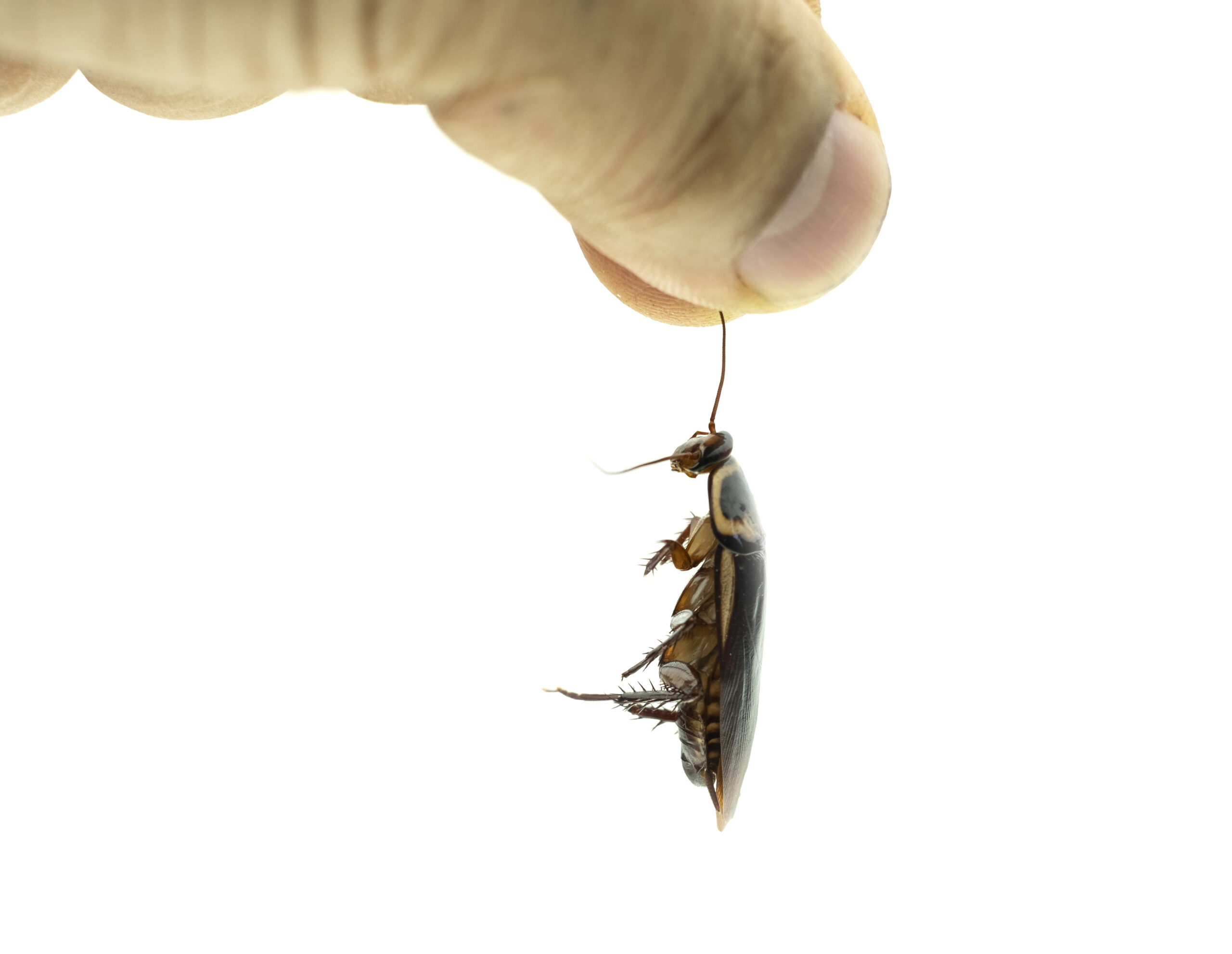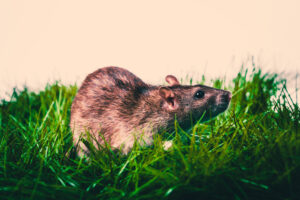As the heat of summer gives way to the cooler fall days in Georgia, chances are you’ll start spotting more of those large, winged insects commonly called palmetto bugs. Far from just a nuisance, understanding these creatures can help homeowners protect their living spaces.
Identifying Palmetto Bugs
The term palmetto bug typically refers to large cockroaches—most often the American cockroach and the smokybrown cockroach. These insects range from 1 to 2 inches long, with shiny, reddish-brown bodies.. Although they have wings, their flight is more of a glide than a true buzz. Still, some may abruptly fly toward sudden light or movement, leaving homeowners desperate to get rid of these scurrying, flying pests.
Why Summer and Fall Bring More Sightings
Georgia’s intense summer heat and sticky humidity accelerate the metabolism and breeding of palmetto bugs, driving their populations skyward. As temperatures dip but humidity remains, palmetto bugs often migrate indoors seeking cooler, moisture-rich environments, like basements, crawlspaces, and kitchens.
Conditions That Invite Palmetto Bugs Inside
While you can’t completely avoid palmetto bugs if you live in Georgia, a few key factors make your home more appealing to these unwelcome guests:
- Moisture and leaks: They crave humidity—dripping pipes, sweating air conditioners, and damp crawlspaces are ideal for them to thrive.
- Access points: Cracks, gaps around pipes, drains, and even plumbing outlets provide easy entry.
- Clutter & debris: Piles of cardboard, leaf litter around your foundation, and disorganized storage both indoors and out offer perfect hiding spots.
- Food waste: Though moisture is their primary draw, these roaches also rummage through decaying matter, trash, and even book bindings, making unsecured food and unkempt areas an added lure.
The Risks of Palmetto Bugs
Apart from the obvious startle factor of finding one scuttling across your floor, palmetto bugs can pose health concerns. They can carry bacteria on their bodies, contaminate surfaces, and leave behind allergens in shed skins and droppings—potential triggers for respiratory issues among sensitive individuals. A heavy infestation may also produce an unpleasant musty odor.
Tips to Keep Them Out
Making your home less appealing to palmetto bugs begins with some simple fixes and tidying in and around your house.
- Fix leaks, use dehumidifiers, and ensure proper drainage.
- Seal cracks and crevices—including around windows, doors, and utility lines—with caulk or mesh.
- Reduce clutter indoors; store food securely; keep trash sealed and disposed of properly.
- Clean yard debris and leaf piles near your home’s foundation; trim back vegetation and maintain clear gutters.
While these steps help, palmetto bugs are resilient—especially when infestations persist behind walls or in attics. And even if you follow every guideline and keep your home immaculate, these pesky little bugs can and will find their way into almost every dwelling in Georgia.
Pest Force Can Help with Palmetto Bugs
Wondering what to do if palmetto bugs won’t back off? Contact Pest Force today. Our team understands Georgia’s seasonal challenges, and we have the expertise to identify, prevent, and treat palmetto bug problems effectively, helping your home stay comfortable and pest-free.



